The War Powers Resolution and the Twenty Second Amendment
The War Powers Resolution Public Law 93-148 was enacted by Congress over the veto of President Nixon on November 7 1973. More than half of voters would support a gay or lesbian presidential candidate.

The War Powers Resolution And President Richard Nixon S Veto Teaching American History
Shown HerePublic Law No.

. The Twenty-Second Amendment establishes presidential term limits. The War Powers Resolution of 1973 enacted as the result of a rare veto override by Congress requires the. Tradition that the Pres ident may not use force without.
The Twenty-Second Amendment establishes presidential term limits. The War Powers Resolution is based on the assumption counter to constitutional text and US. On June 7 1995 the House defeated by a vote of 217-201 an amendment to repeal the central features of the War Powers Resolution that have been deemed unconstitutional by every President since the laws enactment in 1973.
His veto message declared that the automatic 60 day termination provision 5b and legislative veto provision 5c were unconstitu tional. Limitation on use of funds. Armed Forces into action abroad only by declaration of.
Second to repel an armed attack against US. And unless Congress approves further action the president must terminate any use of the. Thus the War Powers Resolution and its purposes continue to be a potential subject of controversy.
Labeling the bill unconstitutional and dangerous President Richard M. The resolution was adopted in the form of a United States congressional joint resolution. Although the war powers resolution asserts this authority there is reason to believe that if challenged the supreme court would find the legislative veto in violation of.
Powers of the presidency include the power to _____ and the power _____. Section 1 No person shall be elected to the office of the President more than twice and no person who has held the office of President or acted as President for more than two years of a term to which some other person was elected President shall be elected to the office of the. Nixon vetoed the War Powers Resolution on this date.
The War Powers Act permitted the President to. A vote in congress to override a presidential decision. The War Powers Resolution is a federal law intended to check the US.
1541 et seq is amended 1 by redesignating sections 9 and 10 as sections 10 and 11 respectively. The veto was overridden on November 7 by a four vote margin in the House and by a substantial margin in the Senate. Twenty-Second Amendment Twenty-Second Amendment Annotated.
Anned forces located outside the United States its. It provides that the president can send the US. Armed forces into hostile territory.
After nearly twenty-five years of experience it would be better for both branches-and for constitutional. More than half of voters would support a gay or lesbian presidential candidate. And 2 by inserting after section 8 the following new section 9.
On June 7 1995 the House defeated by a vote of 217-201 an amendment to repeal the central features of the War Powers Resolution that have been deemed unconstitutional by every President since the laws enactment in 1973. A candidate must be a natural-born US citizen. The War Powers Resolution.
The War Powers Resolution WPR of 1973 is generally consid. The growth of presidential powers during periods of emergency which statement describes a formal requirement for becoming president as laid out in the US constitution. In 1973 Congress passed the War Powers Resolution which requires the president to consult with Congress when armed forces are sent into hostilities or into situations where imminent involvement in hostilities is clearly indicated.
The President is the commander in chief of American armed forces but Congress has the sole power to declare war. The 1973 War Powers Resolution adopted over the veto of a weakened President Nixon after the Vietnam War has not fulfilled its supporters hope of a stronger Congressional role in decisions involving US. The War Powers Resolution 50 USC.
93-148 11071973 LATEST SUMMARY War Power Resolution - Declares that it is the purpose of this Act to fulfill the intent of the framers of the Constitution of the United States and insure that the collective judgment of both the Congress and the President will apply to the introduction of the Armed Forces of the United States in hostilities or in. Through more than twenty-two years of experience the resolution has remained a focus of controversy on the war powers of the President and Congress under the Constitution. The legislative veto d.
Thus the War Powers Resolution and its purposes continue to be a potential subject of controversy. No administration has accepted its key provisions constitutionality and Congress has. War Powers Resolution High Crimes And Misdemeanors Twenty Fifth Amendment Terms in this set 15 Twenty-second Amendment Ratified in 1951 this amendment limits presidents to two terms of office.
1 President Nixon vetoed the War Powers Resolution on October 24 1973. The Twenty-second Amendment b. The TWENTY-SECOND AMENDMENT was made to prevent the recurring election of a President like in the case of FDR who ignored the tradition.
1 Major areas of controversy include the constitutionality of. The War Powers Resolution of 1973 enacted as the result of a rare veto override by Congress requires the president to _____ before sending US. Presidents power to commit the United States to an armed conflict without the consent of the US.
The legislation highlighted a significant constitutional issue. The war power resolution and the twenty-second amendment addressed which political trend in the 20th century.
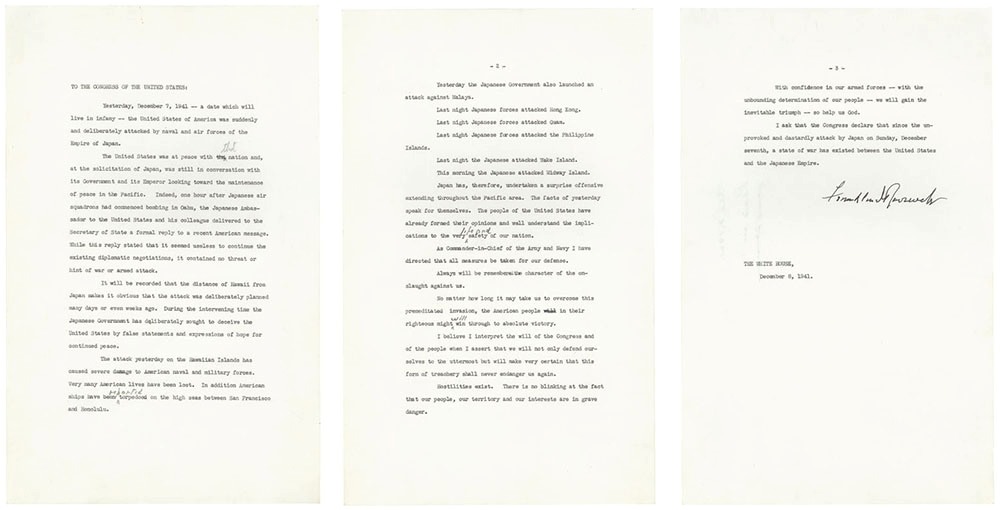
Congress The President And The War Powers National Archives

War Powers Resolution Of 1973 Richard Nixon Museum And Library
Interpretation Twenty Second Amendment The National Constitution Center
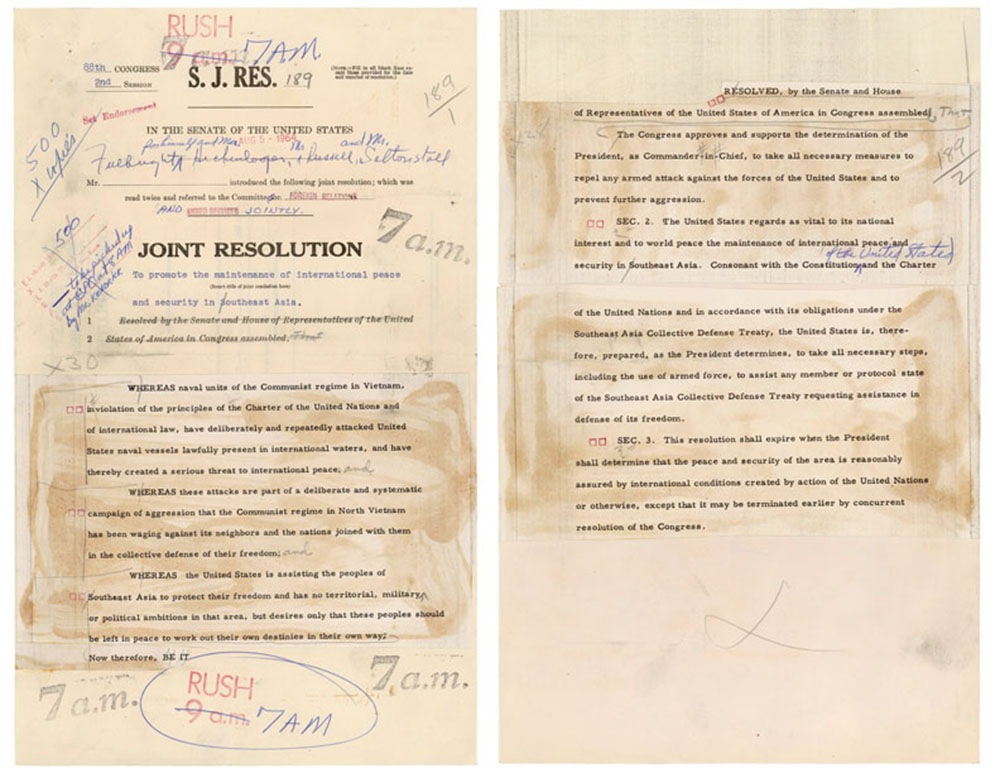
Congress The President And The War Powers National Archives
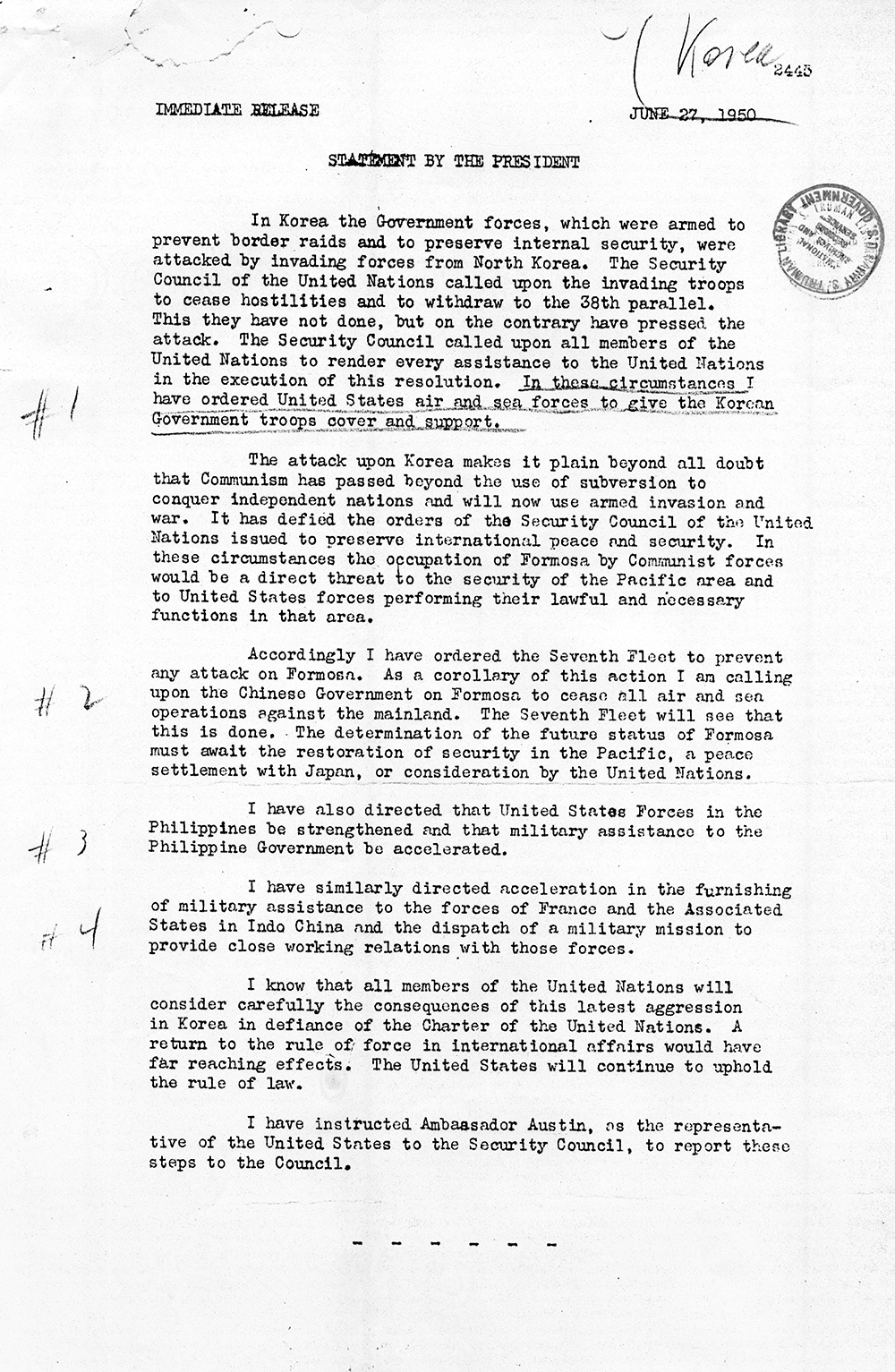
Congress The President And The War Powers National Archives
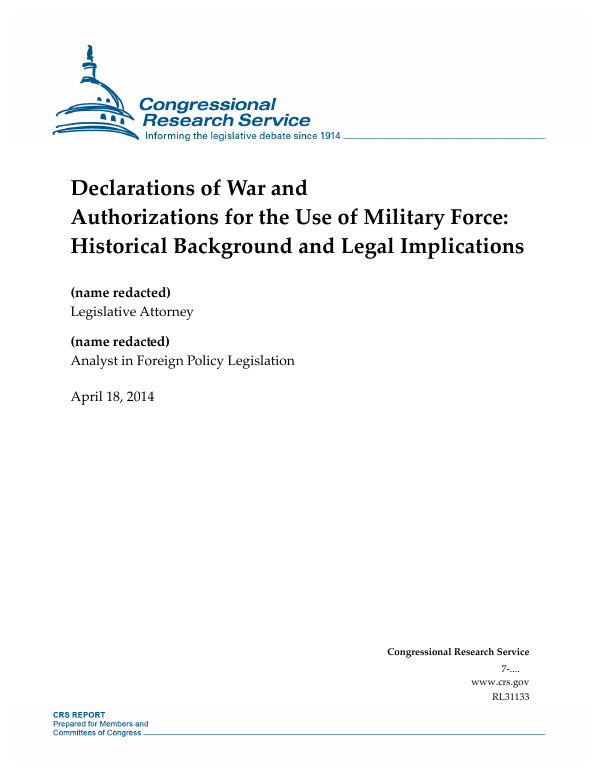
Declarations Of War And Authorizations For The Use Of Military Force Historical Background And Legal Implications Everycrsreport Com
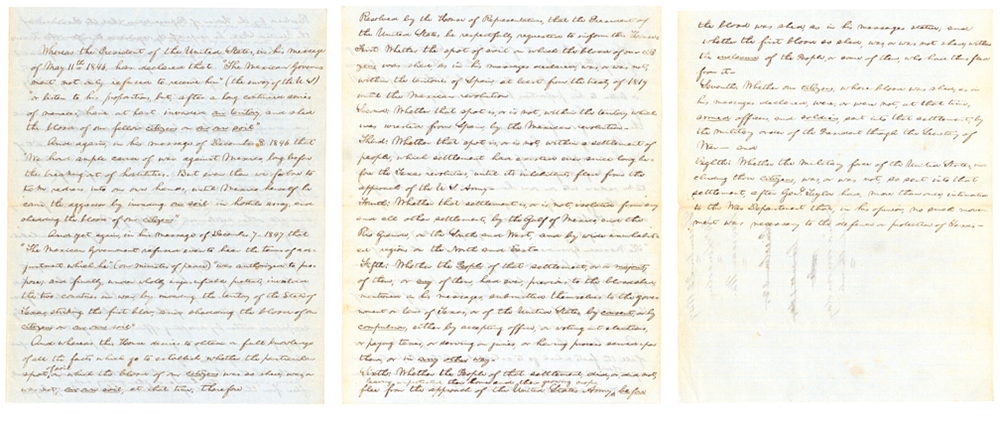
Congress The President And The War Powers National Archives

War Powers What Are They Good For Center For A New American Security En Us

War Powers Resolution Of 1973 Richard Nixon Museum And Library
Comments
Post a Comment